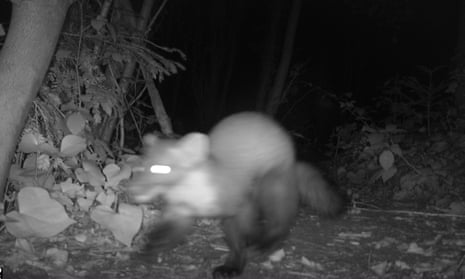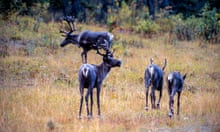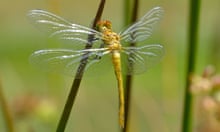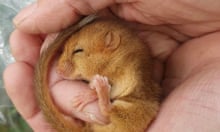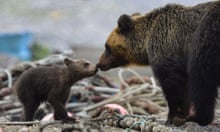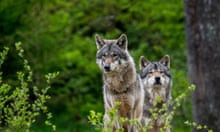A pine marten has been spotted in London for the first time in more than a century after being pictured on a camera trap installed to monitor hedgehogs.
The endangered mustelid was driven to extinction in England a hundred years ago and was only sighted again for the first time in the Shropshire hills in 2015, remaining an extremely rare animal.
This particular pine marten was caught on camera in a woodland in south-west London where cameras were installed by the Zoological Society of London (ZSL) as part of the London HogWatch project to monitor and conserve the capital’s hedgehog population.
“As part of our ongoing hedgehog monitoring work, we deploy camera traps across woodlands,” said Kate Scott-Gatty, research assistant for ZSL and London HogWatch. “In this area, these are usually set off by the movement of common species such as foxes and badgers, so you can imagine our surprise at seeing a pine marten – a species usually only glimpsed in Scotland and northern England.”
Pine martens are mobile animals but it is not known if the animal captured by the camera had made its way naturally from the nearest known population in the New Forest 80 miles away or if it had been released, possibly as part of an unofficial reintroduction effort.

Research in Northern Ireland has shown that pine martens normally avoid busy urban areas but there is plenty of food available in London, with grey squirrels a particularly easy target. Experts believe it is unlikely to have been targeting the hedgehogs in the woodland although pine martens have been recorded taking young hedgehogs.
Gamekeepers historically targeted the species because it devours game birds: this is what led to the extinction in England of the species in the last century. But now, with a reduction in persecution, pine martens were sighted again in Northumberland in 2018 and animals were reintroduced to the Forest of Dean in 2019 with further reintroductions being planned for Exmoor and Dartmoor.
ZSL said it would continue to monitor the camera traps for signs of the pine marten, which was pictured on 3 July. If further images are captured, individual animals can be identified by the shape of their distinctive pale chest “bib”.
after newsletter promotion
Dr Chris Carbone, senior research fellow at ZSL’s Institute of Zoology, said: “The return of wildlife to an area can be positive. It might mean that habitat quality is improving or natural food sources are increasing but it’s important we understand more. Any species reintroductions should only be carried out by professionals, with the appropriate checks in place – from assessing habitat suitability to screening for illnesses.”
The exact location of the sighting is not being disclosed but Elliot Newton, biodiversity officer at the Royal Borough of Kingston upon Thames said: “Across other European countries pine martens are recorded in urban settings. The individual caught on our cameras is looking in good health and is a very welcome addition to our local fauna. We will be continuing to monitor for more sightings and continue our efforts to protect our environment.”
